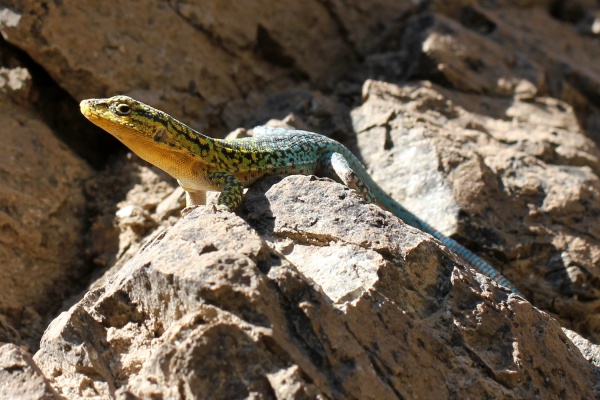Facts About Liolaemus
Liolaemus: The Diverse and Unique Lizard Genus of South America
Liolaemus is a remarkable genus of lizards endemic to South America. These iguanian lizards exhibit a variety of sizes, with snout-to-vent lengths ranging from 45 to 100 millimeters and weights spanning from 3 to 200 grams. They are predominantly found in the southern regions of the continent, especially within the Andes and the adjacent lowlands, thriving at altitudes exceeding 4,500 meters.
Among the multitude of species in the Liolaemus genus, two are particularly noteworthy: Liolaemus magellanicus and Liolaemus sarmientoi. These species are recognized as the world’s southernmost reptiles, inhabiting the central and southern areas of Santa Cruz Province, Argentina. While most Liolaemus lizards are omnivores, there are also species that adhere strictly to insectivorous or herbivorous diets.
Comprising over 225 described species, Liolaemus is the largest genus within the family known as liolaemid lizards. Traditionally classified under the family Iguanidae, some experts have advocated for the establishment of a distinct family, Liolaemidae, for these lizards. Notably, certain Liolaemus species, colloquially known as "snow swifts" have become popular pets due to their origins in colder climates. The genus is also commonly referred to as "tree iguanas."

 Peru
Peru